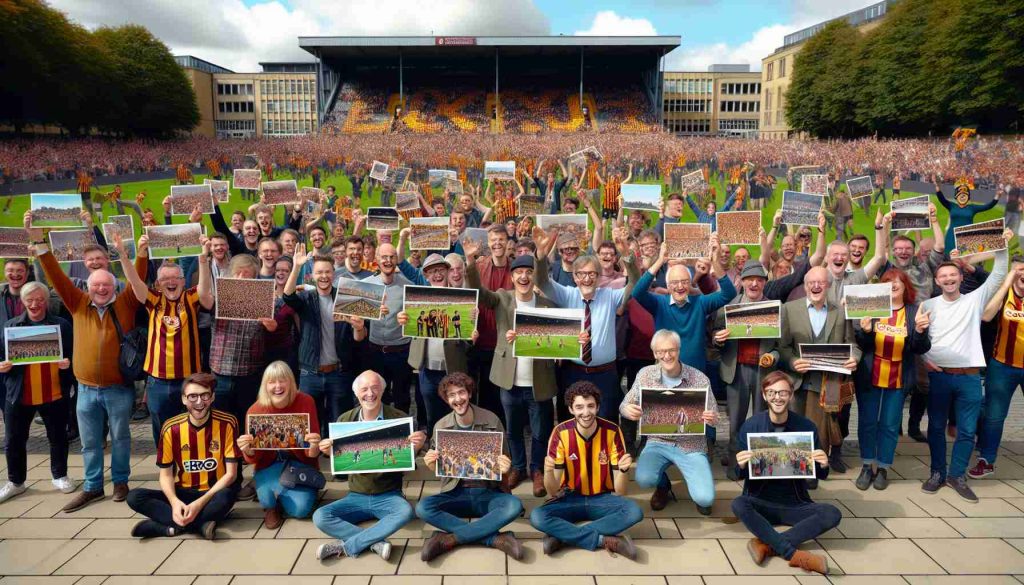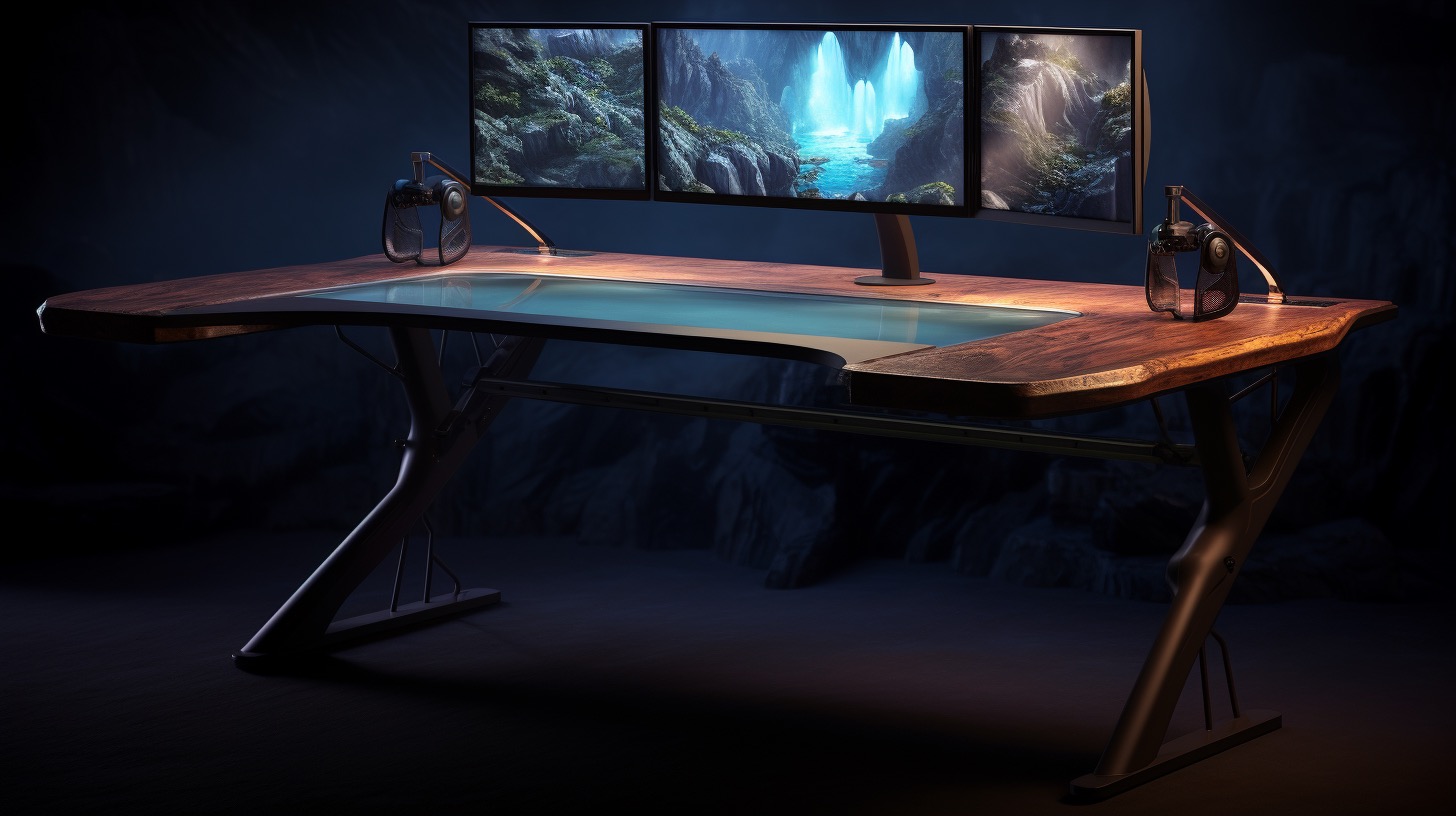
Academics from the University of Bradford are working on an innovative virtual reality (VR) project that aims to recreate the atmosphere and history of Bradford City Football Club’s home ground, Valley Parade. As part of the project, fans are being encouraged to share their personal memories and experiences of the club.
Using virtual reality technology, the university hopes to bring these stories to life by allowing users to explore different areas of the stadium and immerse themselves in the club’s rich history. Chris Gaffney, professor of archaeology at the University of Bradford, highlighted the value of the memorabilia, saying it would provide a “treasure trove of information” about the club’s importance to its supporters.
Fans are invited to share various aspects of their experiences, including their first Bantams game, their most memorable game, how they became a fan and even their favourite seat location at the stadium. In addition, the online survey also looks at the community’s response and support following the tragic 1985 Valley Parade fire, which killed 56 people and injured 258 others.
This initiative is one of two projects undertaken by the University of Bradford to mark the 40th anniversary of the Bradford City Fire. In addition to the VR project, the University’s Plastic Surgery and Burns Research Unit (PSBRU) is producing a book highlighting the positive contribution their research has made to the treatment of burns patients around the world.
Mr Gaffney expressed the university’s enthusiasm for the project, saying: “We would like Bradford City fans to share their memories of supporting their team over the years with this exciting project. It is a mix of old and new, as we use virtual reality to showcase club memorabilia over the decades.”
This innovative initiative not only celebrates the history and heritage of Bradford City Football Club, but also highlights the potential of VR technology to deliver immersive and interactive experiences for fans and supporters.
Additional related facts:
The University of Bradford is well known for its expertise in virtual reality, with a dedicated virtual reality lab and research centre on campus.
Valley Parade, Bradford City's home ground, has a long and rich history, dating back to its opening in 1886.
The virtual reality project is part of a wider effort by the university to preserve and document the history of Bradford City Football Club.
The project aims to create a complete virtual tour of the stadium, including the stands and the pitch, allowing fans to experience the match day atmosphere from the comfort of their own homes.
– The virtual reality experience will be accessed via a VR headset, providing a fully immersive and interactive experience.
Key Questions and Answers:
1. How will the University of Bradford use fans’ memories in the VR project?
The university plans to incorporate fans’ memories and experiences into the virtual stadium tour. Users will be able to interact with these memories, such as listening to personal stories or watching videos related to specific moments in the club’s history.
2. What is the significance of the valley fire mentioned in the article?
The Valley Parade fire refers to a tragic event that occurred on 11 May 1985, during a match between Bradford City and Lincoln City. The fire destroyed the stadium’s main stand, killing 56 people and injuring hundreds more. The community response and support following the fire is the subject of a virtual reality project to explore its impact on the club and its supporters.
Main challenges or controversies:
– A potential challenge is ensuring the accuracy and reliability of shared fan memories of the project. Different people may have different memories of events, and it will be necessary to verify the information.
– Privacy concerns may arise when fans share their personal memories online, and the University will need to ensure that appropriate measures are taken to protect the privacy and data of participants.
– The VR project may face technical challenges to accurately recreate the stadium’s atmosphere and history. It will require extensive research, resources, and the expertise of the university’s VR team to create a realistic and immersive experience.
benefits :
– The virtual reality project allows fans to relive and share their favourite memories and experiences of supporting Bradford City Football Club.
– It gives fans who can no longer attend matches for various reasons the opportunity to feel connected to the club and its history.
– The virtual reality experience provides a unique and immersive way for fans to explore the stadium and interact with the club, especially for those who have not had the opportunity to visit Valley Parade in person.
Disadvantages:
– The use of VR technology can create a gap between fans who have access to VR headsets and those who don’t. Not all fans may have the means or desire to use this technology.
– There is a risk of over-reliance on technology, which could devalue traditional matchday experiences and community interactions.
– The accuracy of recreating historical events and moods through virtual reality may be limited, as it relies on sources and memories that may differ or be incomplete.
Suggested related links:
– University of Bradford
– Bradford City Football Club
Article source from blog maltemoney.com.br

“Certified gamer. Problem solver. Internet enthusiast. Twitter scholar. Infuriatingly humble alcohol geek. Tv guru.”





